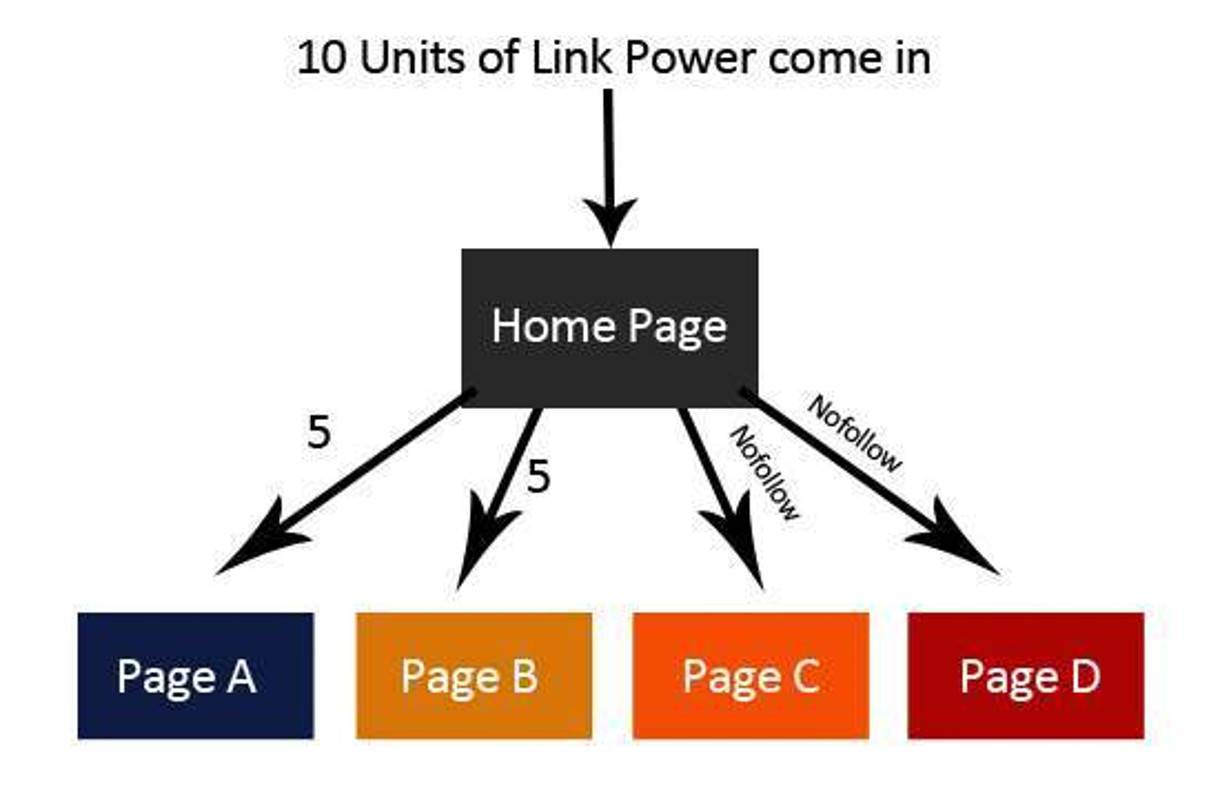

Internal Linking 101: 5 Best Practices
Approximately 70% of the factors used to rank a website are related to off-page factors. We use this statistic quite often in this blog, but we do so for a reason – off-page factors, such as external links to your website are completely out of your control, and are therefore considered by Google to be more indicative of your website’s apparent authority than on-page factors, which you can manipulate.
Although external links get a majority of the attention, a comprehensive internal linking structure should not be overlooked. SEO professionals use internal links to help shape the information hierarchy of website, improve usability, and to spread link power around the pages of your website.
Search engines determine the value of a page on your website by looking at how many pages link to it and analyzing what anchor text is used when linking to it. Since we don’t often have control over external links, one of the greatest benefits of internal links is that they represent an opportunity to specifically tailor the anchor text for keywords we are targeting.
So what are the correct ways to link internally on your site?
Think about the user. Google rewards good user experiences because they want people to be able to find the information they are searching for as quickly as possible. Behind a good user experience will be a clean information hierarchy. Thinking about what users expect to see on your site will guide you to having the correct navigation from page to page. While we might want users to navigate through the site a certain way, in all reality they might first land on any page instead of the home page. This is where internal links directing users to important pages, such as your home page and blog come into effect.
Think about which pages are the most competitive. The higher these are in your site architecture, the more useful they will be to users. These will be the pages that are linked off of the home page. Search engines will value the pages with the most internal links, and will treat them as one of your top pages. With too many competitive pages, it will be nearly impossible to link to each of them. Trying to do so will dilute the value of each link, even to the most important pages. This also includes the topics that are often written about, whether in your content or in blog posts. These topics may need a page of their own and should be linked to in related posts. Often blog posts are shared throughout the internet along with the links in them.
Think about creative ways to link to category pages effectively. One possibility includes sidebars that are not site wide and include topics such as popular products or trending articles. These should be updated semi-frequently as a way to highlight popular keywords and pages. When updating, you can keep the constant keywords, but adjust the seasonal links. This will allow you to keep you ranking for the popular keywords and gain new ranking on those that are currently trending.
Add No-follow tag to unimportant links. Link power is distributed evenly across all links that a page links out to. Referring to the chart below, you can see that each subpage gets 2.5 units of link power from the homepage.

But suppose pages C & D are not important to your marketing efforts – for example, maybe they are legal documents such as Terms and Conditions or a Privacy policy. It would be unwise to waste link power on pages that you have no desire for them to rank. In these instances, you can use a No-follow tag to distribute the link power to the two pages (Pages A & B) that are important.

This approach is vital to understanding what constitutes poor linking practices. Sites that link to hundreds of pages from their homepage are sabotaging their own efforts by diminishing the value of each link. Search engines recognize these tactics as inefficient and have placed limits in place to prevent websites from benefiting from them. Search engine spiders that are responsible for discovering and crawling links have a limit of 150 links per page. Any additional pages after 150 may not be crawled leaving important pages unnoticed.
Never stop refining. Internal links require monitoring and tweaking as SEO and the website evolves. When items such as content and meta data are updated, internal links and navigation should also be reevaluated. Keywords and language evolves overtime and they must be adjusted accordingly. If the keywords are changing, then we must update the links associated to them. Similarly, page authority will also evolve over time. Seasonal pages will get more links during certain times of the year while products could gain new popularity. Knowing which pages are currently authoritative can help improve internal linking efforts.




